Love Roxy, 801, and his solo work.
I think 6PM (2004) and 50 Minutes Later (2005) are secret gems.

Phil Manzanera is quite the worldly musician. Born in post-WWII London to a Colombian mother and an English father, the venerated Roxy Music guitarist and composer spent much of his childhood spanning the globe, with Northern Hemisphere pitstop locales such as Colombia, Cuba, Hawaii, and Venezuela. Those nomadic formative years helped inform Manzanera’s broad-swathed musical M.O., not only with his textural contributions to Roxy Music but also in his collaborations with the likes of David Gilmour, Quiet Sun, and 801.
One thing Manzanera has held close to his creative heart all these years is a clear sense of pursuing, and attaining, musical freedom. “It’s the freedom not to be told what to play by a corporate company — or anyone,” he explains, “Just to be able to play and express yourself has stayed with me forever. That’s why we’re able to do this stuff, and not to have to go ask permission from someone.”
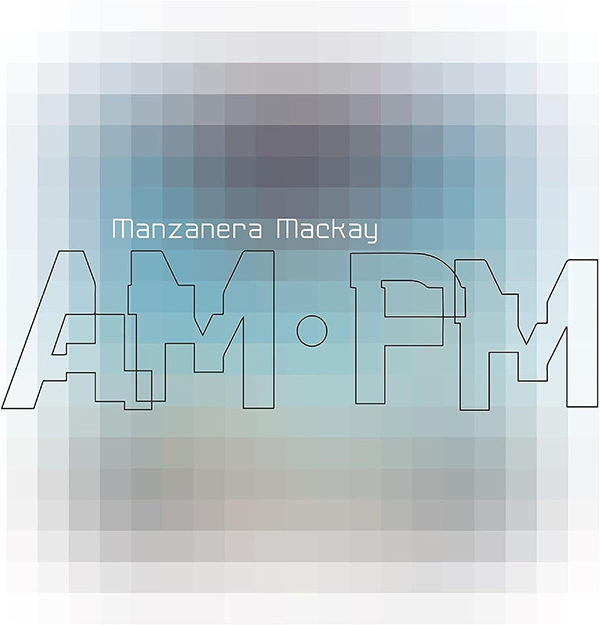
By “this stuff,” Manzanera is referring to a cavalcade of current non-Roxy projects, three of them being direct collaborations with his longtime Roxy bandmate, saxophonist Andy Mackay. The first LP, an atmospheric instrumental exploration dubbed by their initials AM ● PM, was released on BFD/Expression Records on October 13 (SRP: $24.99). Next up is Roxymphony (SRP: $24.99), their Queen Elizabeth Hall concert from 2018 in London that features a number of notable Roxy Music songs reimagined with a 20-piece orchestra and the Owl Parliament Choir, and that LP is coming November 10. The third offering is an LP re-release of the Manzanera & Mackay Featuring The Players’ 1989 holiday album Christmas (SRP: $24.99), which will be available November 17.
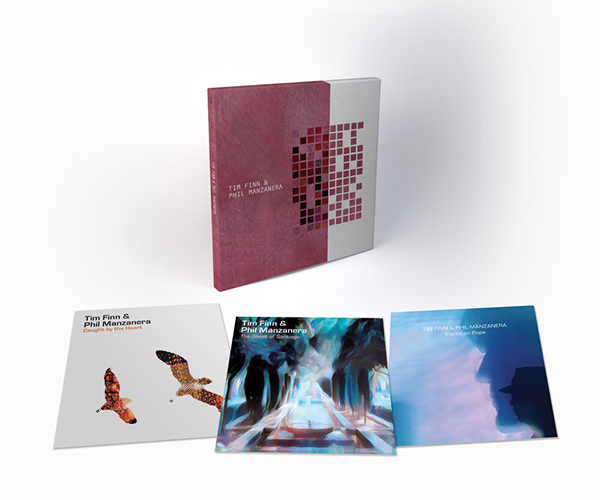
The fourth project is the Tim Finn & Phil Manzanera 3LP limited edition box set (SRP: $45) that includes 2021’s Caught by the Heart as LP1, 2022’s The Ghost of Santiago as LP2, and five previously unreleased bonus tracks on LP3 that’s coming November 28. All four of these fine LP offerings can be ordered directly from Manzanera’s official store right here.
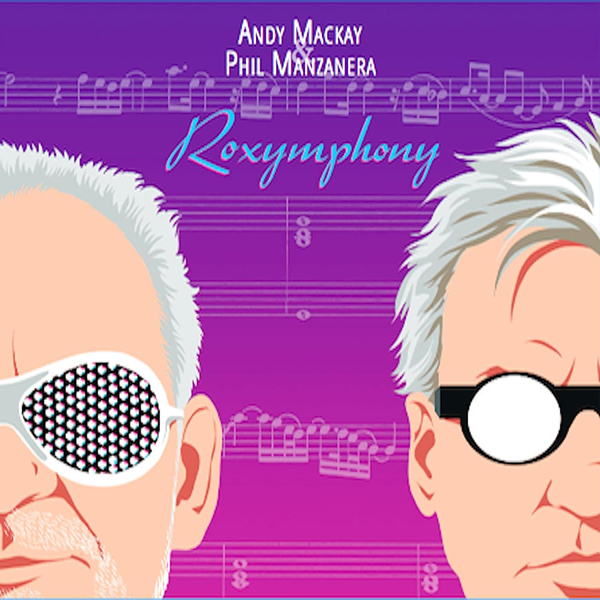
The stats for these PM-centric LPs are as follows. All audio sourcing came from digital files cut via DMM, with the vinyl manufactured at Sony DADC Poland. Mike Boddy handled the engineering and mixing for all but the Christmas album, which was engineered by Trevor Smith. (One editing note: AM PM will henceforth appear without the filled-in circle between the two sets of initials throughout the rest of the story as it does not easily translate visually, depending on your reading/scrolling device of choice.)
Manzanera gets a bit philosophical about his achievements over six-plus decades of recording. “I used to say that the Roxy sound was just a product of the inadequacies of six people,” he says with a laugh, “but together, we created something that was interesting — lots of simple things, adding up to something.” Both Manzanera and Roxy’s collective “something” has long proven to be among the best turntable spins we’ve experienced.
Manzanera, 72, and I got on Zoom together recently to discuss how AM PM instinctually came together, the differences between composing instrumentals as opposed to music accompanied by lyrics, and which Roxy Music album he feels is perfectly sequenced for vinyl playback. Your skin is like vinyl / The perfect companion. . .

Mike Mettler: Before we get into AM PM, let me ask you this. The Roxy Music catalog has slowly but surely been coming back out on vinyl in newly remastered editions. How do you feel about that?
Phil Manzanera: Well, obviously, I think in an ideal world, if you went from mastering on tape — and obviously, we’ve got the masters on tape — and then go straight to lacquer, then you would get the ultimate analog experience.
And then, if the vinyl was the heavyweight vinyl (pauses) — of course, it doesn’t stop there, because you’ve got to have a good needle, and you’ve got to have a good balance on your [tone]arm, and then you’ve got to have a decent amplifier, and you’ve got to have decent speakers. It’s not cheap! (laughs) But if you go down that route, you’re going to be, like, amazed.
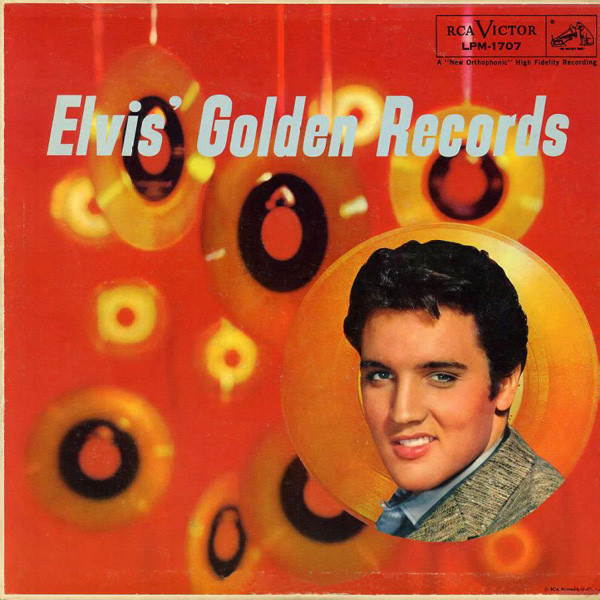
Mettler: Good thing there’s more Roxy Music on vinyl to come. What’s the first record you bought or had as a kid that was the one you considered to be the first record that was truly yours, your talisman kind of album?
Manzanera: Well, apart from silly Disney stuff when I was five or six (chuckles), it would be Elvis’ Golden Records [released in 1958, on RCA Victor] — and I’ve still got it! It has a red cover with Elvis on it, and it has all the hits. Elvis got to South America because of all the films he did. I’ve got all that vinyl upstairs. It travels with me. They’re my little friends. Now, don’t get me started on that — people will start to think I’m weird! (chuckles again)
Mettler: No, no, I don’t think so. Not here on Analog Planet at least, because we’re all like that. I mean, many of us still have a lot of those records we grew up with as kids, myself included.
Manzanera: I’ve got all that stuff I had. It’s all there. It’s never going away.
Mettler: No — you gotta keep it. What were some of the albums you bought in that prime ’60s period that you still feel connected to?
Manzanera: Well, in England, apart from The Beatles, it was things like Gerry and The Pacemakers, Cliff Richard, and The Shadows. And then, gradually, things move along with the first Jimi Hendrix [Experience] album [Are You Experienced?, released in 1967 on Track in the UK and Reprise in the U.S.], and all that — and Soft Machine, the first one called The Soft Machine [released in 1968 on Probe in the U.S., and Barclay in France].
I knew [Soft Machine drummer/vocalist] Robert Wyatt through a friend of mine. I met two people when I was 16. One was [Pink Floyd guitarist/vocalist] David Gilmour, and one was Robert Wyatt. The two hippest bands in London that year, Soft Machine and Pink Floyd with Syd Barrett, were playing at the Roundhouse, and I was going to all the clubs.
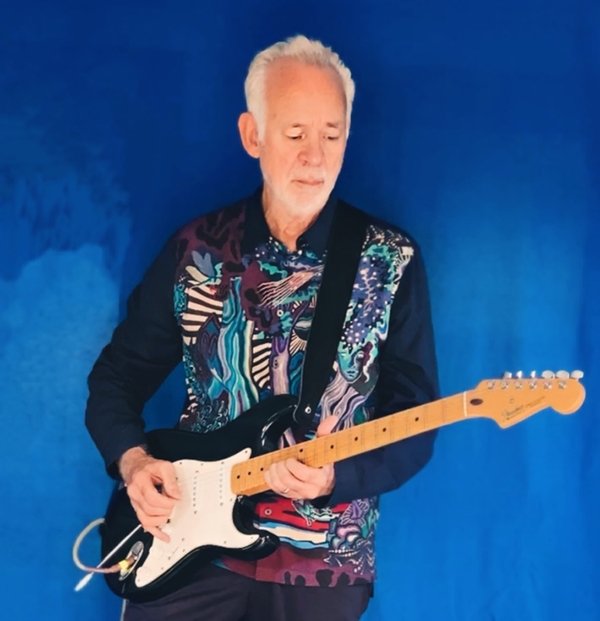
Mettler: Not a bad time to be seeing such iconic bands. Okay, let’s get into AM PM now. Were you and Andy Mackay in the same room a lot of the time while you were making AM PM, or did you send stuff back and forth? Did you get to look at each other, or was it a little bit of both?
Manzanera: Not until the end. When we came together to finish it off, it was after the [final Roxy Music] tour last year. I thought, “We have played together over the last month or so. We’ve rehearsed over the last three months, and we’re match fit. It’d be crazy not to go straight in the studio, and just finish off the instrumental thing.”
Andy’s tone was just so beautiful on the sax, and I’ve never heard him play with such a beautiful feeling and tone as he’s done on this AM PM record. I was so happy to capture that moment. And [drummer] Paul Thompson was at the top of his game too. He just came in, and just played it. It went so fast. It was just a delightful, enjoyable thing — which is what music should be all about, you know?
Mettler: Oh yeah, I totally agree with that. I’m now looking at my hard-to-read handwritten notes, but can you tell me how the song with the abbreviated title “EGM” (Side 1, Track 4) came about, and what it means?
Manzanera: Yes. Andy originated that one, and I think it stands for “Early Gloomy Morning.” (laughs) And I thought (exclaims). “What? What am I going to put on this? Okay, it’s all right.” Then I thought, “This is really challenging.” I put it on and just started playing — and then, over a few hours, that’s what happened. I sent it back to him, and then he came back with the other parts. (chuckles)
Mettler: It’s one of my favorite tracks to drop the needle on.
Manzanera: It’s a great record on vinyl. I did the test pressings.
Mettler: Ah, I was just gonna ask you about that. Did you make any notes or have any comments when you got those test pressings in hand to listen to?
Manzanera: They sounded great! It was a different experience. I was sitting there, hearing the vinyl going around, and I was thinking, “That’s so nostalgic.” Now, that didn’t worry me. It wasn’t like when you listen to Spotify or digital where there’s just no soul — the LP had a beating heart, going around like that, and that feeling accompanied it. It was just a very enjoyable experience to listen to the test pressings of the AM PM album, and those for the other albums that are coming out like Roxymphony, Christmas, and the Tim Finn stuff.
It was very important that I wanted it all to be on vinyl. I found a guy in New York, Bob Frank and his company [i.e., BFD] He’s such a cool guy. And he said, “Yeah, let’s do the vinyl.”
Mettler: I’m glad you guys made the right decision there. The phrase that you and Andy have used to describe AM PM is “sound collages,” and to me, it’s really a continuation of the musical conversation you two artists have had together for 50-odd years. That really comes across in songs like “Seth” (Side 2, Track 5), for example. You know where to lay back when Andy gets to come up front in it at certain points, and then you do your thing with it. It’s all very complementary. Do you feel AM PM best represents the intuitive, creative interplay you guys have?
Manzanera: It does, actually --- it really does. What’s amazing is it’s no different to what we did 50 years ago! (laughs) And obviously, at the time, we didn’t know, but our musicality is sort of in tune with each other in a sense that it is a conversation that happens — and it’s not a complicated conversation. It’s not a particular conversation that has a lot of difficult words or anything. It’s coming straight from a certain part of the brain that’s just intuitive.
The AM PM album was spurred on because I’ve been working on songs with Tim Finn — like, 20, 25 songs. The thing about doing song stuff is that you’re serving the song. You’re not trying to get in the way of the singer too much. The words are very, very important.
As an antidote to that, halfway through it — and it was halfway through COVID, too — I thought, “I want to do just something anarchic and crazy, something that doesn’t require any structure or anything. I’ll just play free-form, and see what happens.”
And then I thought, “You know what? I’ll get Andy. What’s he doing?” I sent him an email and said, “I’m going to send you some stuff. Just you play whatever you feel like, and send it back to me. I don’t care what you do. We’ll make something out of this.” And this thing began to emerge (chuckles) — a thing that I can’t make any sense of. I can’t describe what kind of music it is. It just is.
What I’ve realized is that it’s very easy for writers and people who review albums to write about songs because there are words in them, and it’s easy to sort of find out, “Oh, he’s trying to say that” or, “that has a resonance for that.” Instrumental music — it’s very difficult to describe what it is.
This particular combination is made up of, in some ways, our inadequacies — you know, what we can’t play technically, the both of us. So, for the AM PM album, we use the craft we’ve developed over the years in terms of wanting to do sound textures, little bits of playing that sound good, and not hogging the limelight by saying, “Okay, I’ll do this. So now you come up with something, and I will react to what you do.”
To a certain extent, there is a whole legacy that comes from jazz — really free-form jazz — and stuff where it started off with Charlie Parker and all these people who would just play a little tune that everyone knew, and then they’d go off into the stratosphere. And then they’d come back 10 minutes later with the little tune to sort of say, “Oh, don’t worry, we’re coming back.”
Mettler: Right. “We’re getting back to where we started; not to worry.”
Manzanera: (laughs) Yes. I was brought up in the middle of the 1960s with all those jamming bands from the West Coast, and also the East Coast, like The Velvet Underground — crazy stuff. And that informed me — that sense of wanting freedom as a musician.
Mettler: AM PM is very organic. The music we’re hearing on this album is exactly how you want us to have it.
Manzanera: Yeah. But having said that, because it was a journey with no particular destination, it’s ended up — it is what it is, but I can’t fathom what it is! (laughs heartily)
Mettler: Yeah, I mean, it’s a tough question to answer, right? It’s got elements of, “So, is it ambient? Is it jazzy improv?” I think the actual perfect description is AM PM, because that is the quintessence of the interaction between the two of you gentlemen over this course of time — and this LP sounds like you guys, doing your thing, in a different way. So, I think your album name defines what you’re doing here.
Manzanera: Great. Well, thank you. You’re helping me make sense! (laughs again)
Mettler: No charge. (more laughter) It’s not one genre, per se.
Manzanera: No! It’s not. I can’t put a finger on it. It’s just a kind of sound we came up with that went a certain way when we played it. Some of it went this way, and some of it went that way, and I don’t know if I could ever play some of that stuff again. I just did it once, and that’s it.
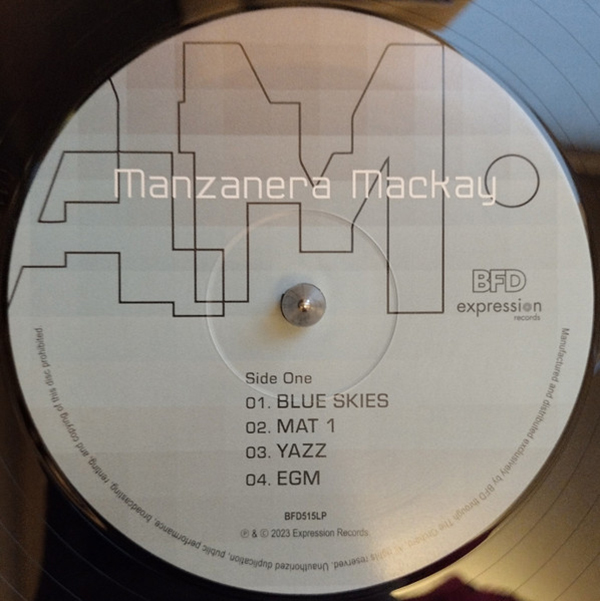
Mettler: Before we wind everything down here, I want to talk about the sequencing for AM PM. Did you find that to be difficult, or did you feel like each side has a narrative or a vibe? How did you do it?
Manzanera: I put all the tracks up on Logic, this program called Logic. And then I just shifted them around. It’s a bit like blending, you know — seeing what fits, getting the ins and outs, and whether the keys somehow work together.
Mettler: Plus, we have a nice, 4/5 split of songs per side.
Manzanera: Yes. I wanted to have enough width in the groove. That’s why I wanted the whole thing to be not too long and be about 40 minutes, you know?
I spent a lot of time programming the running orders for the Roxy stuff, so I have a lot of history with it. In those days, you had to make up cassettes — hundreds of different cassettes — and then you’d go to the rest of the band and say, “Well, what about this version here? How about that?” And they’d go (draws out each word), “Hmm. Well, I don’t know.” “Okay.” I’ve got hundreds of notebooks with all the different versions! (chuckles)
Mettler: Wow, that’s amazing. I’d love to see those someday. Is there a perfectly sequenced Roxy album in your mind, or did they all manage to work out the way you wanted?
Manzanera: I think For Your Pleasure [released in 1973, on Island]. It’s pretty perfect, yeah.
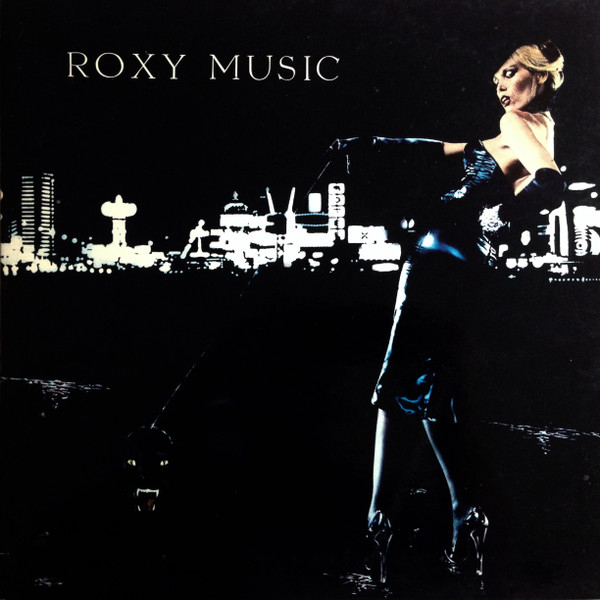
Mettler: I’ll agree with you there. In general, I think you guys in Roxy have been very precise about how each side came about. Well, one other thing before we roll. I’m going to throw us 50 years into the future now, so we’re in 2073. And as I like to say, unless there’s some weird science going on, you and I are probably not physically on the planet at that time, but however, people wind up listening to music in that year and they type in either “Phil Manzanera” or “Roxy Music” into their listening device, what type of listening experience do you want that person to have?
Manzanera: Well, maybe there would be some sort of way of experiencing a visual side as well as the sonic side — that you’re immersed in an immersive experience that envelops you, and makes you feel good. Hopefully.

MANZANERA MACKAY
AM ● PM
1LP (Expression Records/BFD)
Side One
1. Blue Skies
2. Mat 1
3. Yazz
4. EGM

Side Two
1. Ambiente
2. Newanna
3. CC
4. Ambulante
5. Seth


Love Roxy, 801, and his solo work.
I think 6PM (2004) and 50 Minutes Later (2005) are secret gems.

Saw Roxy (the Manifesto tour) when I was just a wee lad. Phil seemed bemused, almost physically detached from the show going on around him, but his playing was damn fine. I saw Weather Report at the same venue - Joe Zawinul exhibited the same apparent dichotomy. Mind you, Jaco was animated enough that no additional showmanship was required.